a Special Newsletter Series
10 Unique Things to do in the Garden Route that you can't do in Europe
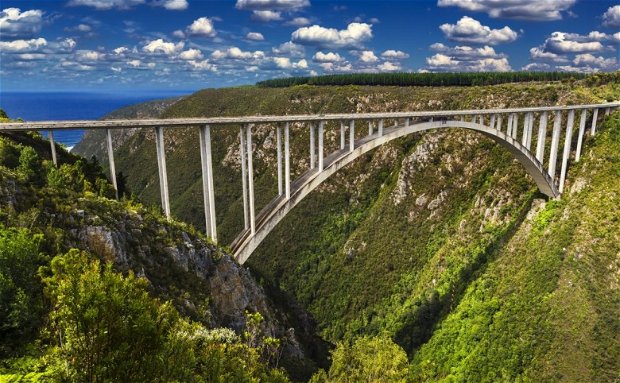
When considering South Africa as a tourist destination, most first time visitors will be interested in the classic highlights of our beautiful country. These usually include destinations like Cape Town (including the surrounding Winelands), the Kruger National Park and the Garden Route at the top of the list. The Garden Route stretches along the south-eastern coast of South Africa from Mossel Bay in the Western Cape to the Storms River and is well loved by adventure-seekers and outdoor enthusiasts.
The Garden Route is one of the most popular parts of South Africa for visitors both local and international. Stretching some 200km, a Garden Route road trip takes in national parks, dense forests, placid lakes and some outrageously beautiful beaches.
Known as much for its outdoor activities as its natural beauty, along the way you can learn to surf, leap into water-filled canyons, dive to shipwrecks or simply sit on board a yacht admiring the view with a glass of local bubbly in hand.
One thing that makes the Garden Route so special and attractive to travelers is that it is home to many "World's biggest, longest, firsts and of course most-loved" things to do and places to visit.
Come along as we guide you through our top 10 things to do (Yip! You will not get to experience these in Europe!)
1. Experience the Highest bungy in the World in Tsitsikamma
Offering one of Earth’s highest bungee jumps, the Bloukrans Bridge arcs 710 feet (216 meters above the Bloukrans River in Tsitsikamma National Park. Its slender-looking span impresses, but travelers come for the zipline, skywalk, rappelling—and most of all—the bungee, which drops more than 650 feet (200 meters with 5 seconds of free fall.
The view from Africa’s highest bridge captures all the majesty and tranquility of the Bloukrans River valley. Your experience starts with a zipline out to the to top of the bridge arch. The bungy jump makes use of a pendulum system to ensure the smoothest, most comfortable bungee jump possible. After the initial freefall, you are pulled into a giant pendulum motion and then into the big rebound.
Jumpers are secured in a full-body harness combined with a separate ankle connection to the bungy cord. For the last 25 years we have kept all our jumpers safe and secure.
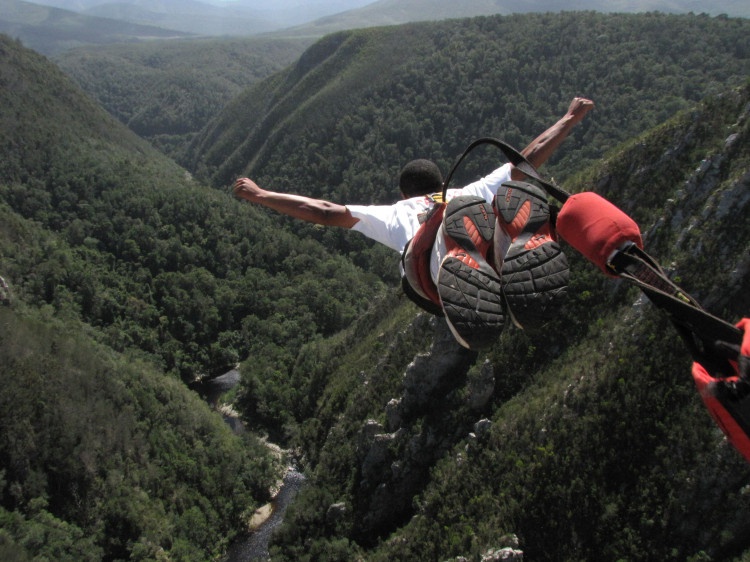
2. Experience a Moonlight Meander near Sedgefield
Sedgfield is known as the slowest town in South Africa. Here things are taken easy, people live a happy-go-lucky life and they live their lives according to nature. Beautiful beaches can be enjoyed and when night falls, it's time to head to Swartvlei Beach where the magic happens! On the Moonlight Meander, you’ll see things you never thought existed. This nocturnal tour at spring low tide showcases the intriguing antics of reclusive marine species as they venture out under the protection of darkness.
The guided tour is perfect for curious adults and children alike. Your adventure of discovery takes you from Swartvlei Beach to the tidal pools of Gericke’s point, about 1km away. Along the way, local marine biologist Judy Dixon shows and shares the wonders of a once in a nighttime safari.
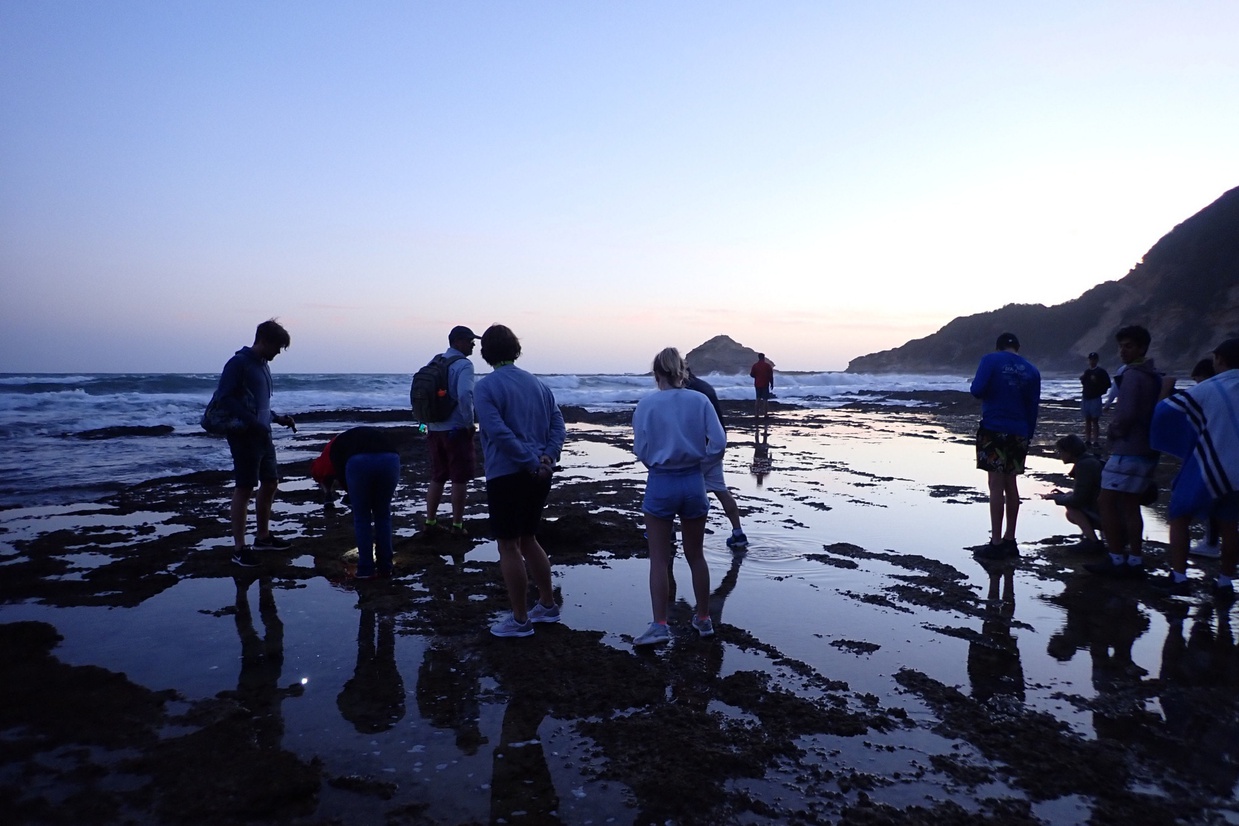
3. Zip along the longest over-ocean zipline in the World in Mossel Bay
Mossel Bay marks one end of the Garden Route, about four hours’ drive east from Cape Town. For those who like to pack in the activities, this is a perfect stop.
At 1,150 metres, the Mossel Bay Zipline claims to be the world’s longest over-ocean zipline; you can reach up to 55 miles an hour flying 90 metres above the waves.
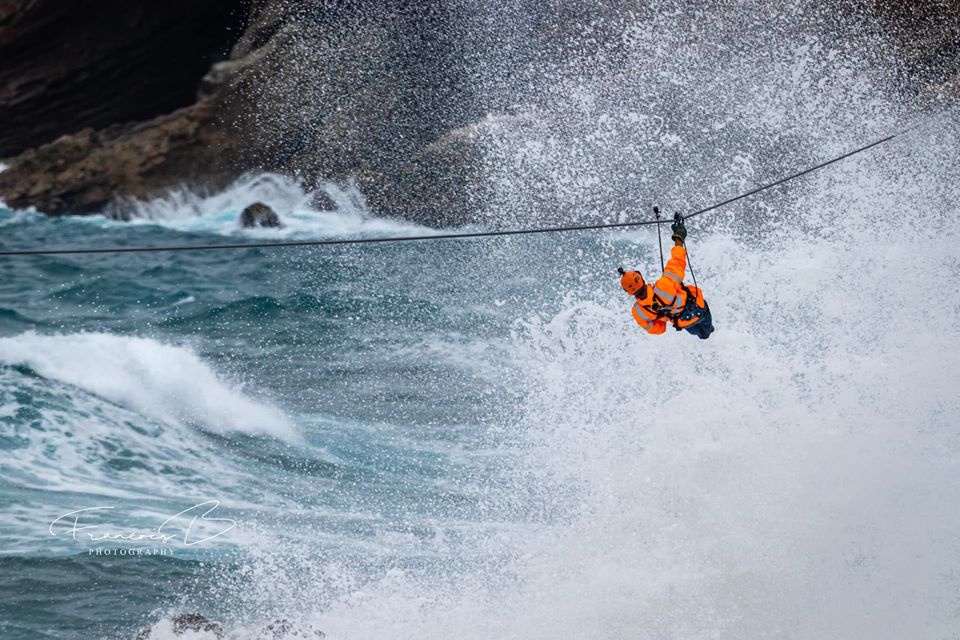
4. Dive with Great White Sharks in Mossel Bay
Shark Cage Diving in Mossel Bay is one of our most unique exhilarating adventures you will come across. Diving with Great White Sharks is not only adrenalin pumping, but you also get to see a different side of these magnificent animals.
The activity is very safe. The cage is attached to the side of the boat and can take up to 6 people at once. You also do not need to be a qualified diver to take part in this activity.
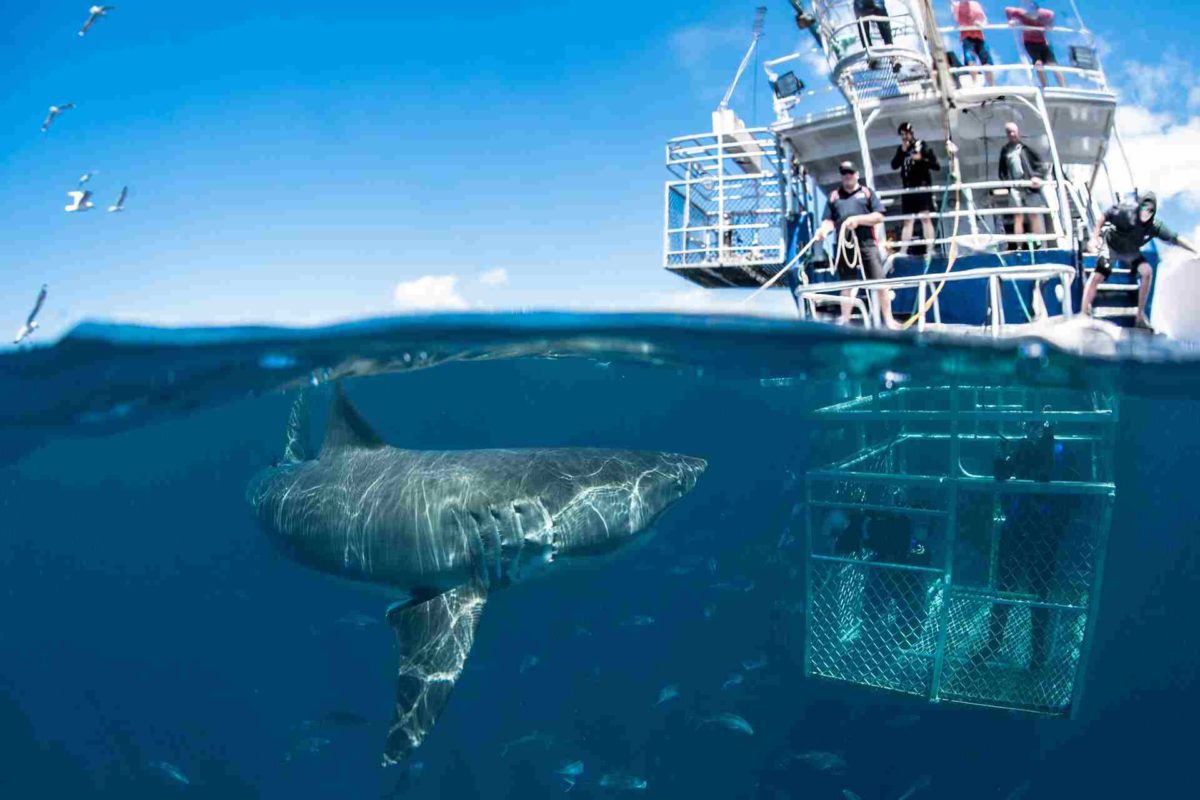
5. Drive through Seven Passes from George to Knysna
The Seven Passes Road is the oldest direct road link between George and Knysna.The road which traverses seven passes was engineered by Thomas Charles John Bain and Adam de Smidt. It was completed around 1883 and is situated just south of the Outeniqua Mountains. One of the easiest ways to take in the glory of the towering mountains, indigenous forests, rolling hills and rivers of this section of South Africa’s Garden Route all at once, is by car. And the most impressive route to take is, by far, the Seven Passes Road. So, fill up your tank, get your driving music ready and make sure that your camera, cell phone, or whatever else you use to take photos, is fully charged.
The route swerves through thick forest, over streams, rivers and gorges, and across rolling farmlands. The Seven Passes Road is so remarkably extraordinary that it has been declared as a national monument, along with its historic bridges.
The Passes consists of:
- Kaaimans River Pass
- Silwer River Pass
- Touw River Pass
- Hoogekraal Pass
- Karatara Pass
- Homtini Pass
- Phantom Pass
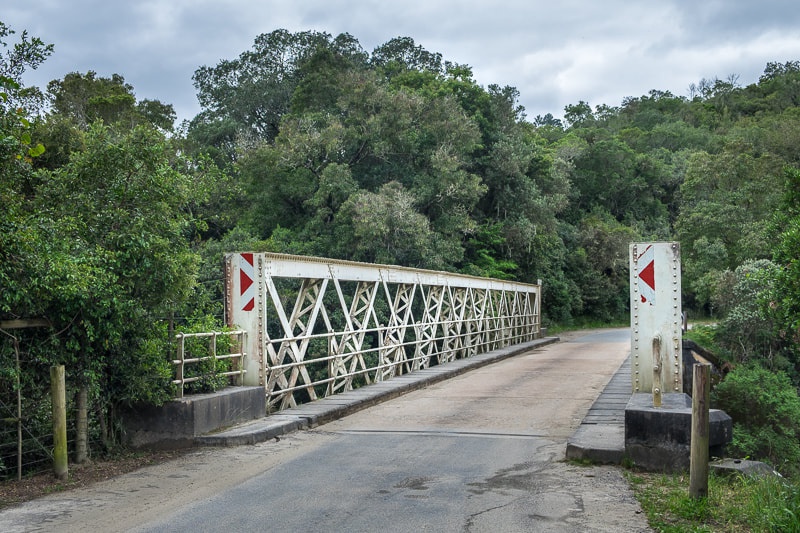
6. Snorkel with Seals in Plettenberg Bay
When it comes to things to do on the Garden Route, snorkeling with seals could easily be, without exaggeration, the most joyous things you will do. These sea mammals are amongst the friendliest creatures on the planet and love a bit of human interaction. Think of them as water dogs, with similar playful traits and pleasant personalities. 30 minutes may sound like a long time to be snorkeling but parting ways with those adorable seals will not be easy. Tropical fish are also on the menu…the viewing menu, of course.
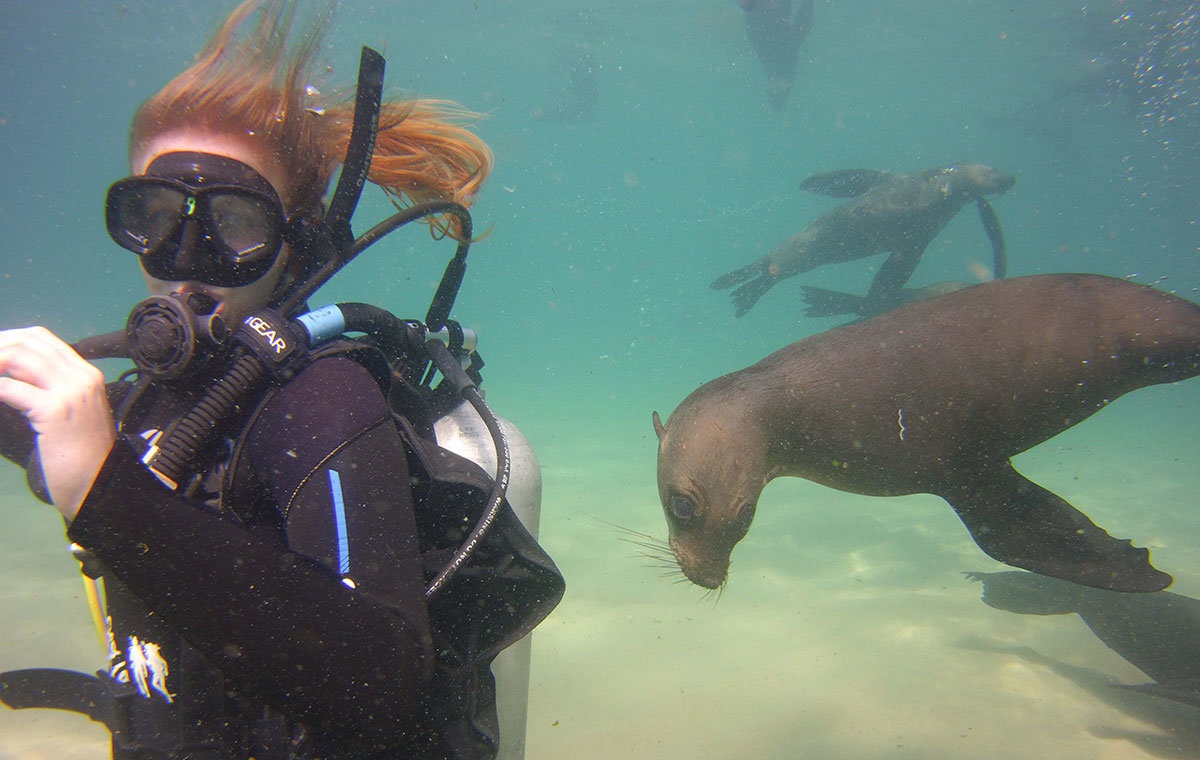
7. Visit the Rastafarian Community in Knysna
The Rastafarian people are members of the friendliest, most welcoming and accepting religious cultures you are bound to encounter. Taking a tour of Judah Square in Knysna is the best way to explore this unique community and to learn about their way of life.
South Africa’s rainbow nation is made up of many different cultures and religions, many of which are misunderstood. The Judah Square Rastafarian community tour is the most entertaining way to meet one of these groups on a very personal level.
The trained tour guides will tell you about the Rastafari beliefs and their way of life – while you encounter it first-hand. This tour is not a history lesson or a boring recitation of facts – the guides are animated, passionate and eager to share their unique lifestyles with you.
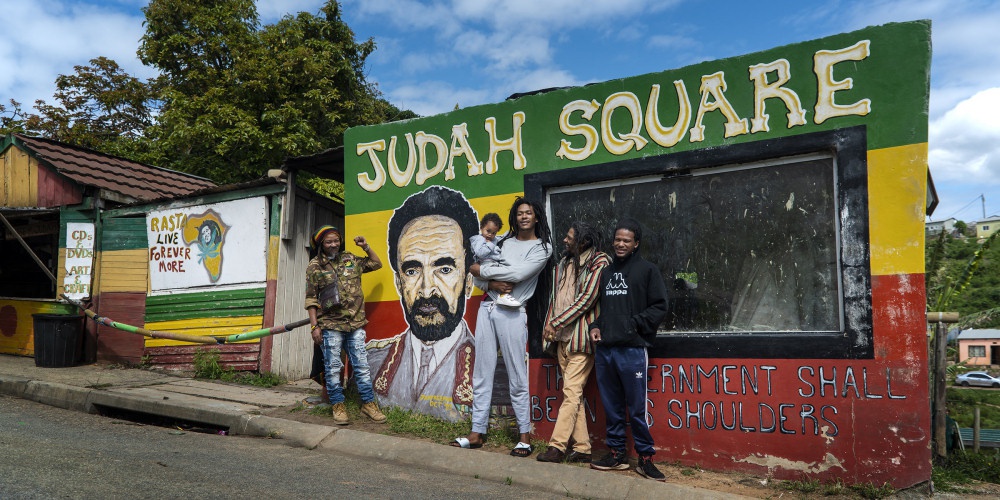
8. Experience the Magic of the Knysna Forest
The forests of Knysna, with their giant yellowwood trees, abundance of birdlife, and elusive elephants, hold a magical appeal for travellers. Enchanting walkers, cyclists, 4x4 enthusiasts, birders, and families, many visitors travel to the Garden Route to experience their ethereal beauty.
The forests actually extend way beyond Knysna, covering a total area of 300 000 hectares, and are home to various animals, including the tree hyrax, Samango monkey, blue duiker, giant golden mole, honey badger, and the long-tailed forest shrew. Caracal and leopards have even been spotted in the forests.
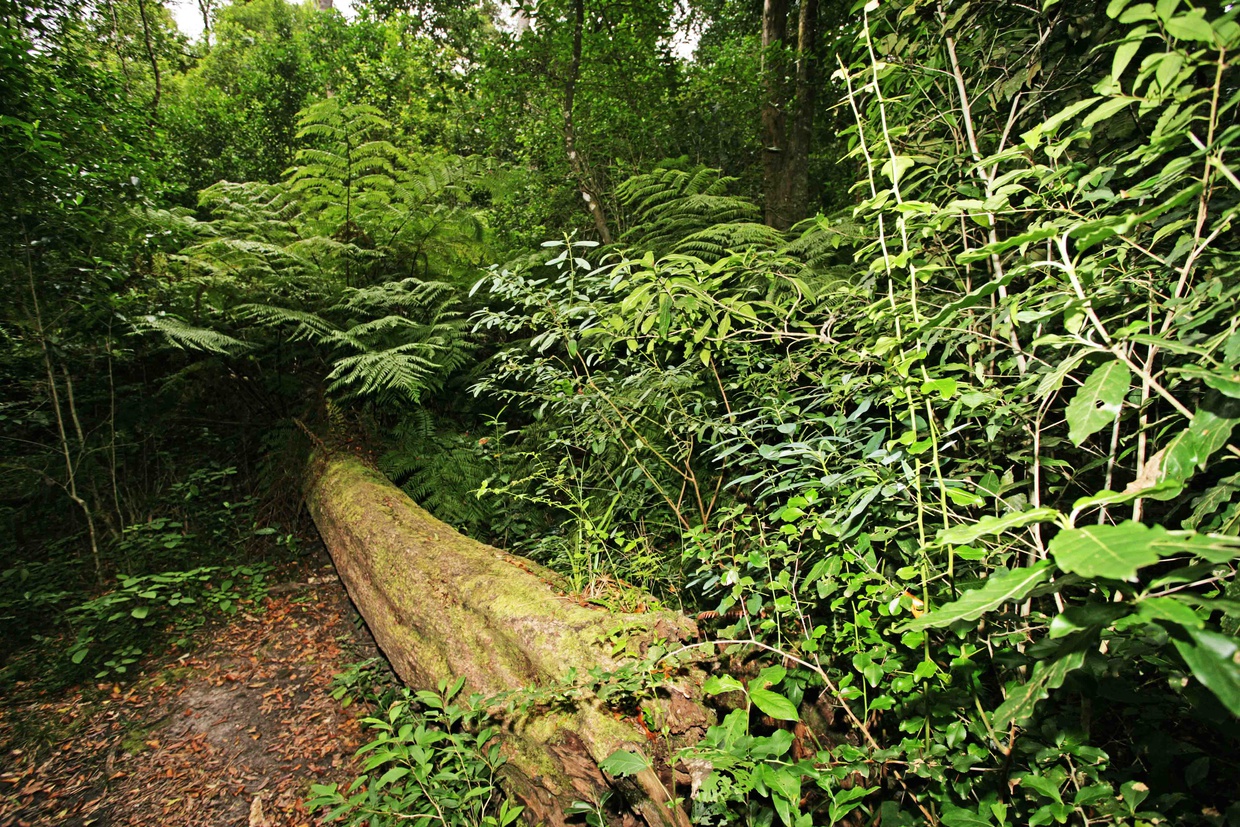
The Knysna elephants
At the end of the 18th-century elephant herds with numbers in the hundreds used to roam these forests. Unfortunately, their numbers have dwindled over the years and at one time it was thought they must be extinct in the area. Evidence suggests however that at least one, and possibly four or five, of these great beasts, still live in the forests. A photograph was even recently taken of an elephant poking out from behind the trees!
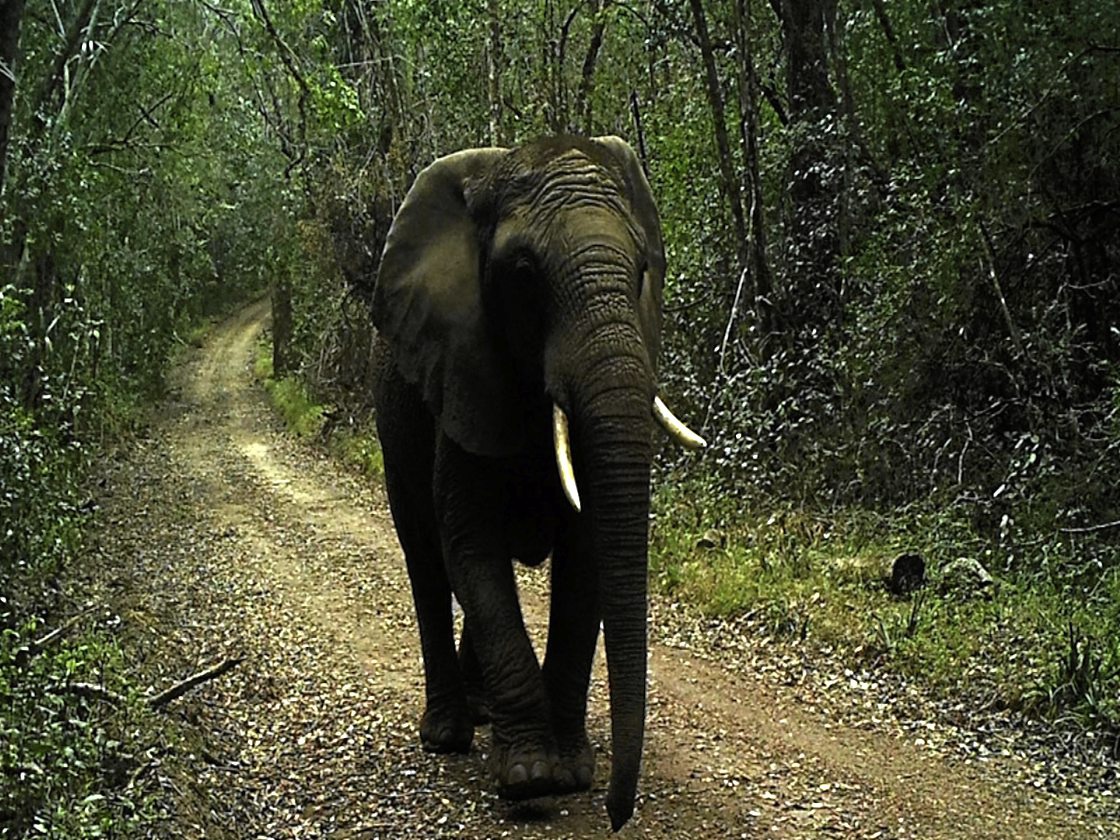 The photo above is what is to believed to be the last living free-roaming elephant in the Knysna Forest - a lone Female (The Matriarch)
The photo above is what is to believed to be the last living free-roaming elephant in the Knysna Forest - a lone Female (The Matriarch)
Knysna timber
As one would expect, the Knysna forests were historically important for their natural timber resource. The first shipment of timber left this area in 1788 and ever since the sprawling forests of the Garden Route were drastically reduced as their trees were used for fuel, construction, the building of wagons and boats, heating, furniture, and more. With the support of the British settler and timber merchant, George Rex, Knysna became a shipping port in 1818, giving easy access to its extensive forests of hardwoods such as stinkwood, yellowwood, and hard pear. In the 1890s Knysna’s timber industry was the main income source for the town. Visitors can still see some of the equipment from the old Thesen sawmill and boatyard on Thesen Island today.
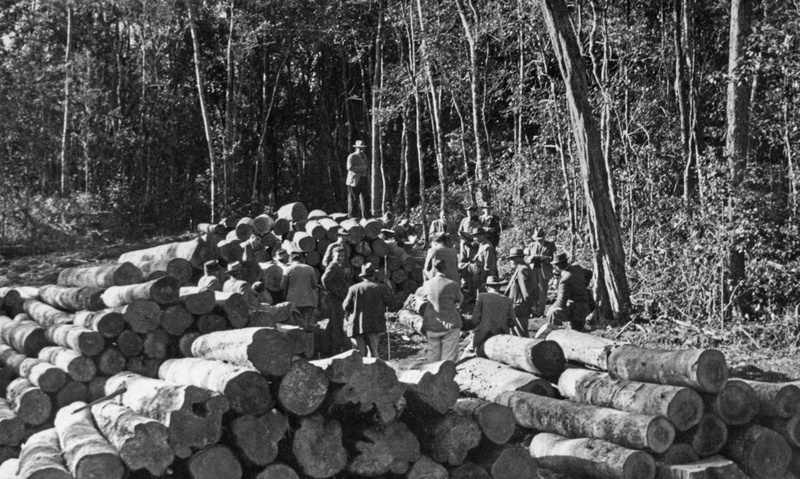
Mining in the Knysna forests
The Knysna forests were the site of the first Gold mining boom in South Africa. Although the boom was very short-lived. Once word spread that an Ostrich farmer had discovered gold in the area, the town of Millwood sprung up pretty much overnight with six hotels, houses, and shops. Today, travellers to Knysna can pay a visit to the Millwood House Museum.
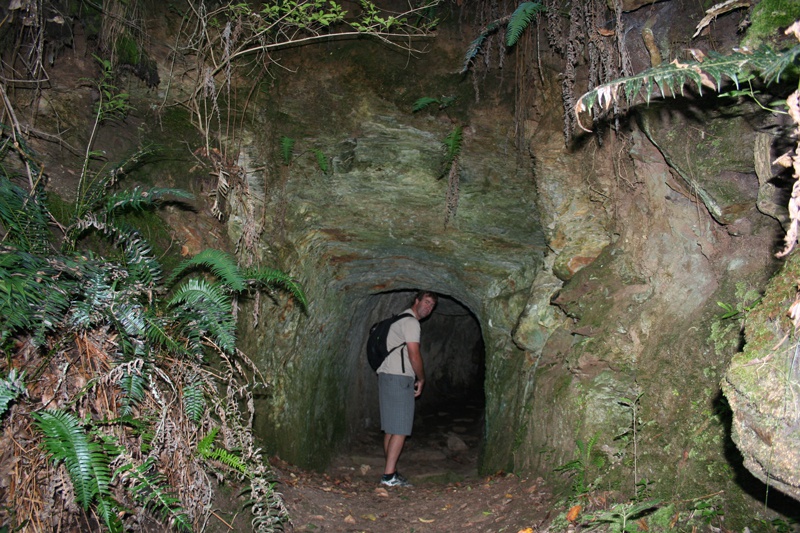 The entrance to an old mine
The entrance to an old mine
Knysna Seahorsers
Knysna Estuary boasts the highest biodiversity in comparison to any other estuary in South Africa? It’s a literal treasure trove of flora and fauna. Of all the critters that reside in the estuary, it is the little Knysna seahorse (Hippocampus capensis) that is the most celebrated.
Seahorses belong to the genus Hippocampus, which comes from the Ancient Greek word ‘hippos’ (meaning horse) and ‘campus’ (meaning sea monster). The Knysna seahorse is just one of more than 45 different species found worldwide, but it’s particularly special because it is the only known true estuarine seahorse species in the world and is very rare indeed.
Its distribution is extremely fragmented. Knysna seahorses are endemic to the Garden Route and have only ever been found in three local estuaries, namely, the Keurbooms River estuary in Plettenberg Bay, the Knysna Estuary, and the estuarine portion of the Swartvlei system in Sedgefield. Owing to this limited geographical range, its small overall population size and the fact that Knysna seahorses are particularly vulnerable to adverse shifts in their natural environment, it is the first seahorse to be classified as endangered by the International Union for the Conservation of Nature (IUCN). This makes the protection of this local fish species and the Knysna Estuary as a whole, so critical. (Yip, believe it or not, these little cuties are fish – they breathe through gills and have a swim bladder).
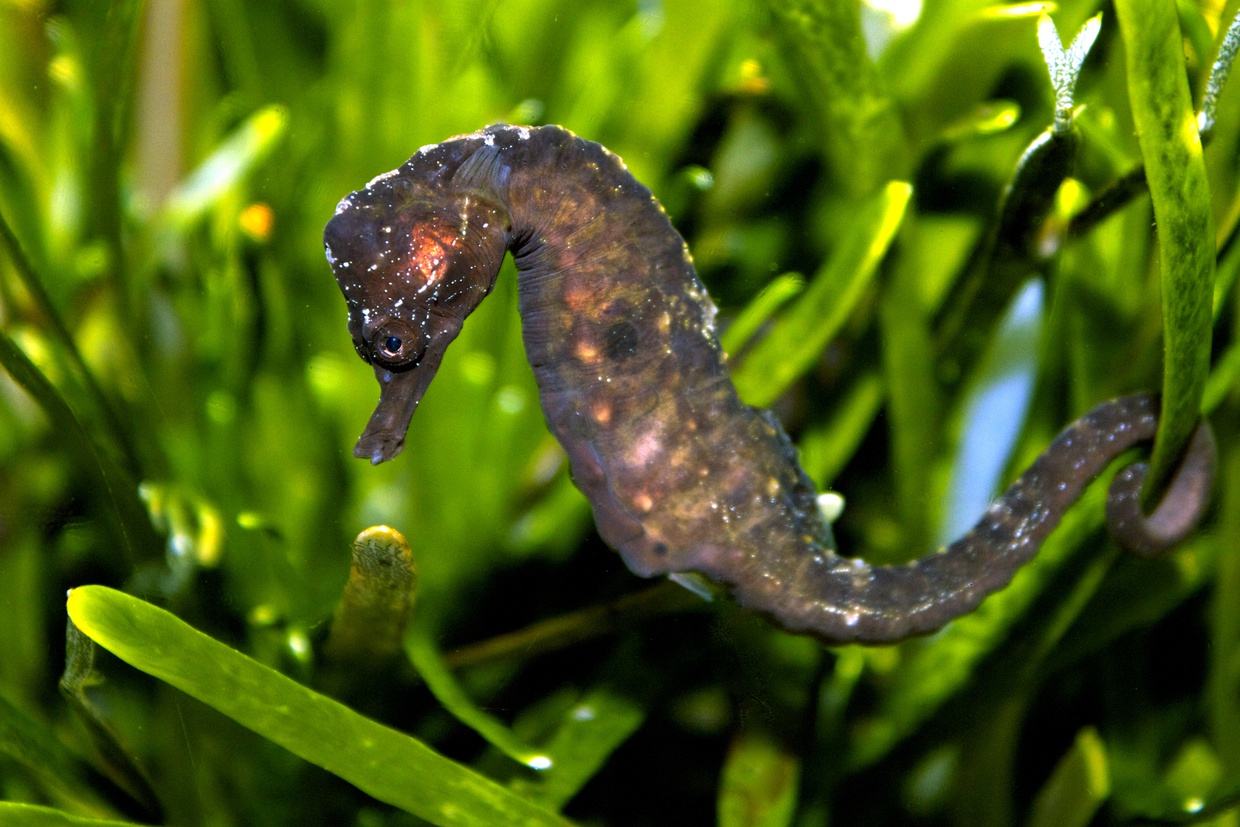
9. Drive the oldest hand-built pass from coast to desert (Montagu Pass)
The pass was named after John Montagu, Colonial Secretary of the Cape in the 1840s, whose enthusiasm for good roads resulted in a program of construction in Southern Africa.
Some 250 convicts started with the construction of the pass and it was opened for traffic in December 1847. The passage over the Outeniqua Mountains, which used to take a full three days over the Cradock Pass (another one of the four passes), could then be accomplished within a few hours.
Henry Fancourt White, an experienced road engineer from Australia, was in charge of the work. His name is perpetuated in Fancourt Estate. On the ascent from George, one passes the Old Tollhouse where once the toll of two pennies per wheel and two pence per ox and so forth had to be paid. It has been declared a National Monument and for years now “friends of the tollhouse” have planned restoration and even a tea garden, but with our visit it was still closed and non-operational.
"Keurrivier se brug" further on has also been declared a National Monument. The original stone wall still exists all along the pass. As you drive you will pass the narrowest part of the pass with overhanging cliffs called "Die Noute". Here wagons could not pass abreast. Further on is "Regop Trek", the steepest part of the road. Where the road passes underneath the railway bridge (also one of the four passes), is "Stinkhoutdraai" where stinkwood trees used to grow in profusion.
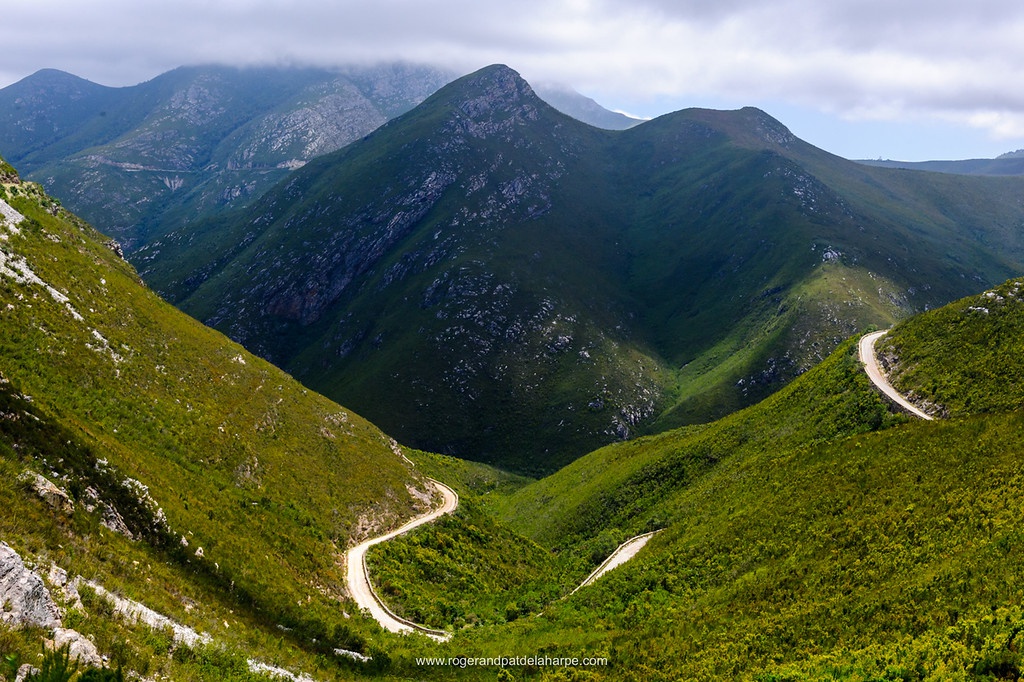
10. Pick and eat your own wild oysters on the Oystercatcher Trail
One of the first to introduce the Slackpacking concept - a World-renowned trail, described as one of the top 50 hikes worldwide by the likes of the BBC and Getaway, also featured in major media brands and productions.
Hike the largely undeveloped South Cape(Garden Route) coastline between Mossel Bay and Gourikwa Private Nature Reserve, crossing the spectacular Gouritz River along the way.
The Mossel Bay area features the Big 5 of the ocean being a World-class biodiversity hotspot. During the mild cooler months, Whales come in to give birth in the quiet protected bays. Dazzling us with their displays of breaching and lob-tailing. The combination of bird and marine life as well as a great variety of Fynbos species, makes it a nature enthusiast paradise!
Find, pick and eat your own oysters en-route or take them with you to enjoy with some salt, lemon juice and bubbly after a long hike!
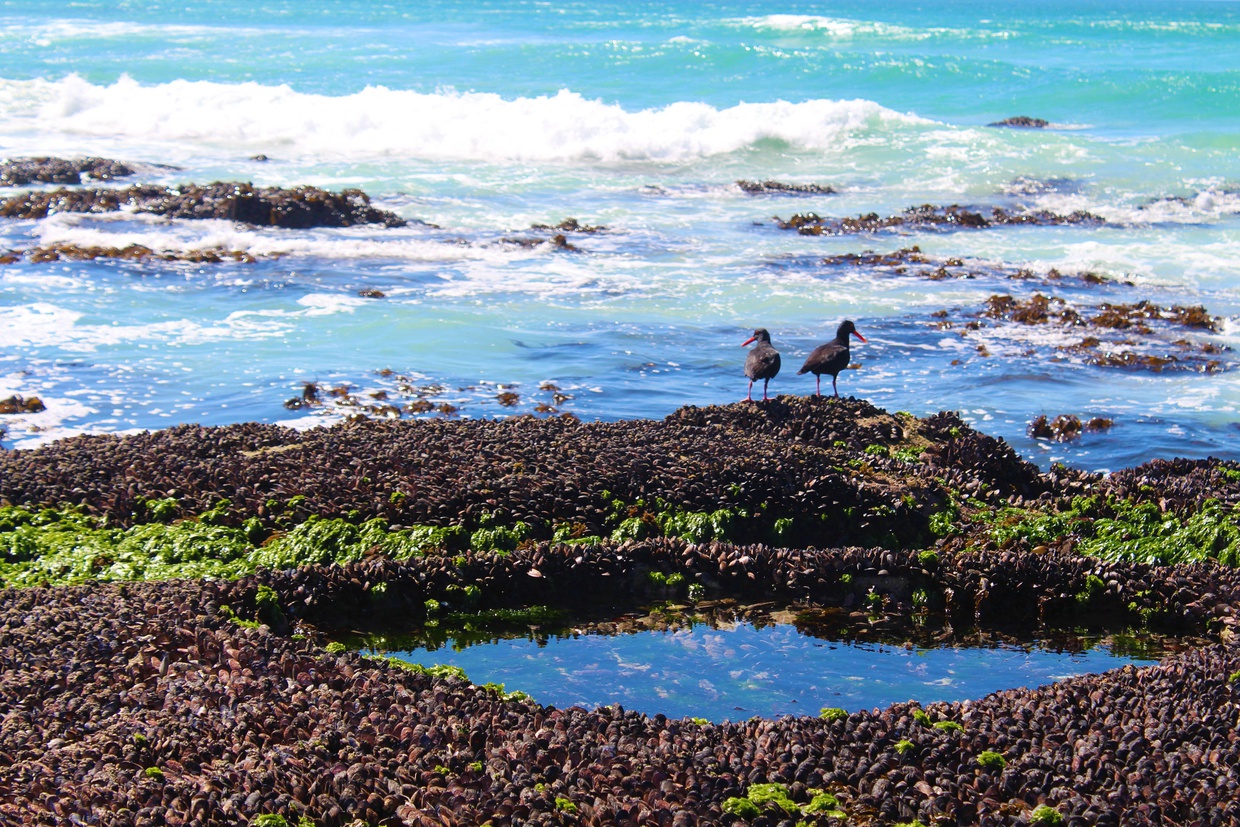 The Black Oystercatcher
The Black Oystercatcher
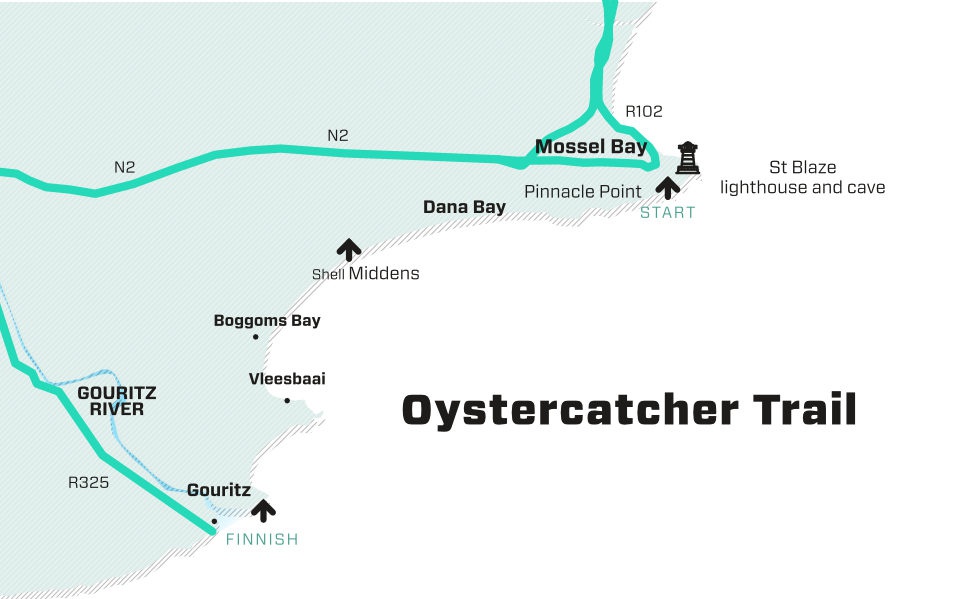
Further Reading
a Special Newsletter Series
a Special Newsletter Edition



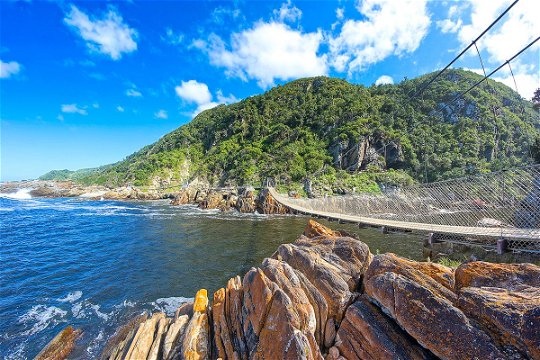
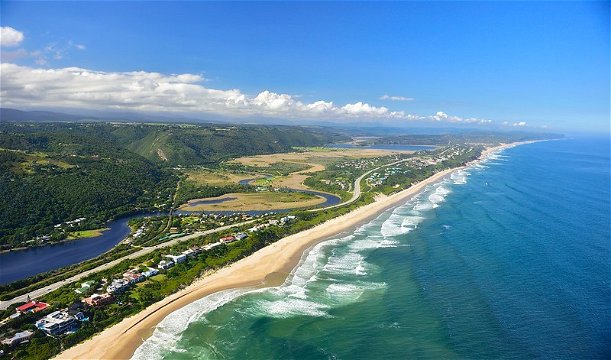
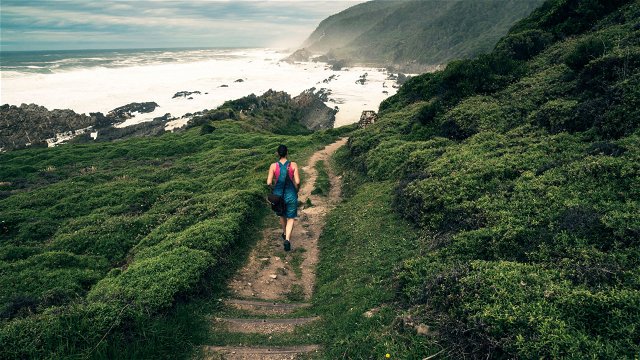

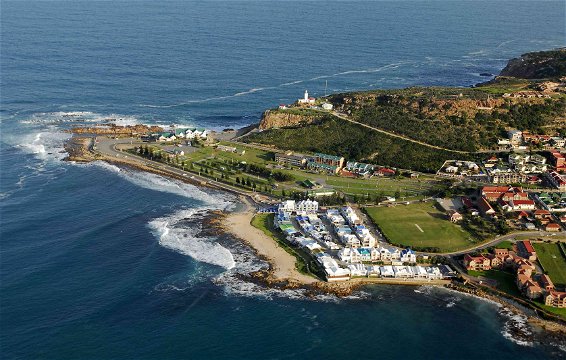
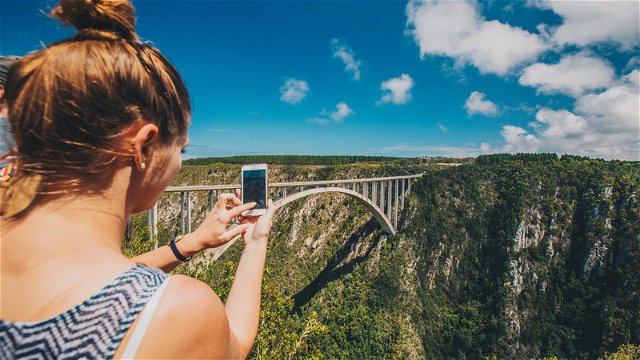
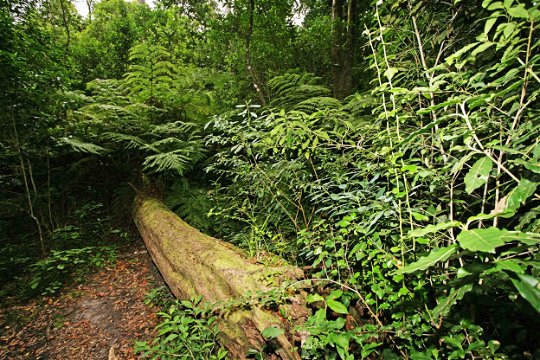


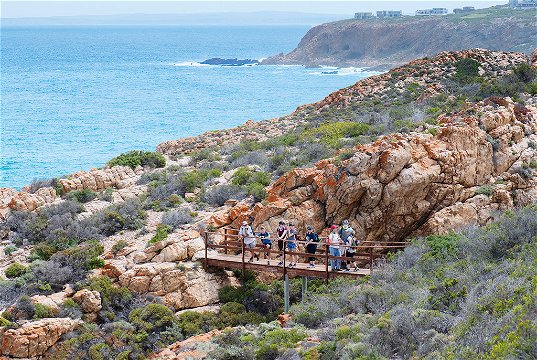







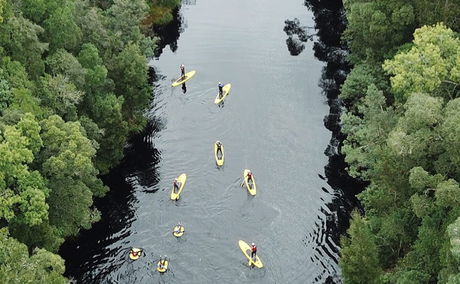

Share This Post